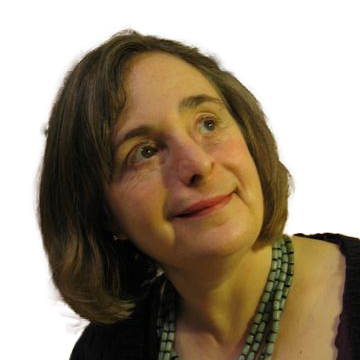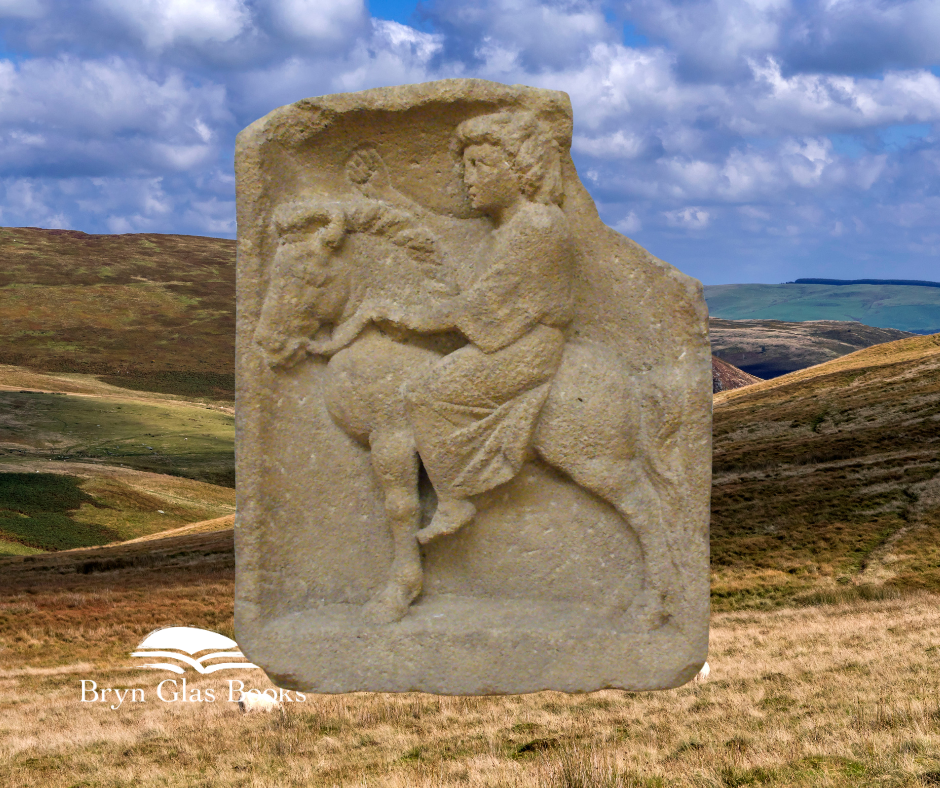A late summerʼs evening. The doors thrown wide, light and warmth attracting some members of the local insect population to join us. A full auditorium, listening to the broadcaster and storyteller, Euros Lewis, taking us on a tale that began where we sat, at the Waunifor centre, near Llandysul, deep in West Wales.
He took us east, valley by valley, into the Cambrian Mountains, where he invited us to stop to hear the pure call of the curlew, before travelling back in time … Eighty years … More … Until we arrived at Mynedd Appoint.
Euros lingered on the name Epynt. A name, he told us, older than the Welsh language. Even older than the Brethonic language it came from. One that goes right back to the ancient pan-European Celtic culture of ancient times. I learned later how the Goddess Epona—usually seen on horseback—was widely revered in ancient Celtic culture. The name, he said, meant a pathway for horses. It implied that the mountain belonged to the ponies that used to roam there.
When our story began, Euros told us, a community of tenant farmers was spread over the mountain, a chapel, a school and the Droverʼs Arms the only public buildings. Early in the school year of 1939 came a day when the schoolchildren’s eyes were drawn away from their teacher, towards to a strangely-coloured car that had drawn up outside: the colour, they told one other, of a new-born calfʼs shit. An army officer got out, and came into the school to consult Miss Williams. He wanted to visit the local farms. There were fifty-two in all.
Here Euros paused his tale, inviting us to linger with that community, learn something of its ways. The chapel was the only centre where all could meet under a roof. But many was the meeting in a farmhouse kitchen. Outside, they gathered to work together in the rhythms of the great annual tasks of lambing, shearing, and the cutting of the grasses that would become winter feed and bedding. At those times all hands were called to the task, or to the feeding of those engaged in it. So it is in the fallow times between, that people could get together to celebrate. As they did at New Year 1940, the young lads racing from farm to farm, eager to be the first to cross a threshold wishing those inside Blwyddyn Newydd Dda—Happy New Year! They did not know how hollow their wishes would soon seem.
It was just after St Davidʼs Day that a letter was delivered to each of the fifty-two farms. Dated 4 March and written in English—not their native tongue—it came from the Ministry of Defence. Euros held one of those letters up to read from it. The farms were all to be requisitioned. Mynydd Epynt would cease to be a place for ponies, or sheep, or a farming community. The military required the area for firing practice. The farmers must be out by 30 April.
Representations were made. But every argument failed except that of the pregnant sheep who had lambs to deliver and raise, and were never going to do that by the end of April. The stay of execution was deferred to 30thJune. In the meantime, the community found the heart to gather one last time, for the local Eistedfodd, the annual competition of performing arts. It was remembered as a good one, that Eisteddfod of 1940 in Mynydd Epynt.
On the last day of June, Iorwerth Peate, who later became curator and founder of the Saint Fagan Folk Museum, went to bear witness to the exodus. He found himself standing by an elderly woman, matriarch of her farm. She was seated in the farmyard while the last things were being loaded, staring, not seeing. Then she turned her distracted gaze towards the visitor and asked: O ble dychiʼn dod? From where do you come? And when he told her, she returned: “Then youʼd better get back there. Because here, itʼs the End of the World.”
The threat of Nazi domination weighed heavier in the balance than the world of 250 souls. The community of Mynydd Epynt and its way of life became effectively a casualty of war.
Waunifor is the Welsh Centre of the Template Foundation, and Euros was present at a storytelling weekend they held in September 2023, which attracted storytellers from the Netherlands, Israel and Iran as well as the UK. The philosophy of the Template Foundation begins with the idea that creation is continuously evolving and sees each human life as an opportunity to find purpose within that evolution.
Epynt is one of very many stories of the loss and change of communities broken up as a consequence of conflict. To recognise this is to recognise that there is a balance to be struck between individual responsibility and common responsibility. The Wikipedia account of the eviction details individuals who kept returning to take care of their homes and land, which some believed they would return to after the war. But the land has not been returned. Today the Sennybridge Training Area (SENTA) is one of the largest military training areas in Britain.
To find purpose requires finding meaning. How hard is the challenge to do that, when everything you recognise as giving meaning to your life is in your past. Yet … life goes on. Our hard-working MP, Ben Lake, is the grandson of Beryl Lake, the last baby to have been born on the Epynt. He commented: “My grandmother named her new home in Llanddewi Brefi Beili Richard after the farm she was born on, and so as a family we are fortunate that a part of the Epynt will always stay with us.”
Gillian PB
February 2024
Gillian runs Pantolwen Press, a small independent publishing house.
Recent publications: The Seaborne and The Priest’s Wife by A G Rivett – the first books of the Isle Fincara Trilogy


